The Office of the Deputy Prime Minister and Ministry for Foreign and European Affairs and Trade present Living on the Edge - an artistic exploration of the effects of climate change, particularly sea-level rise, by Peter Paul Barbara. The event, held at the Rudy Buhler Art Gallery in Marsaskala, will also feature a literary evening in collaboration with Inizjamed.

I'm excited to be curating this event, as it addresses a critical and timely issue. Living on the Edge examines the profound impact of climate change and rising sea levels on global peace and security, with a focus on island nations and coastal regions. Over 600 million people in low-lying areas are threatened by rising seas and extreme weather, with small island developing states (SIDS) especially vulnerable. As sea levels rise, millions face displacement, leading to humanitarian and security crises.
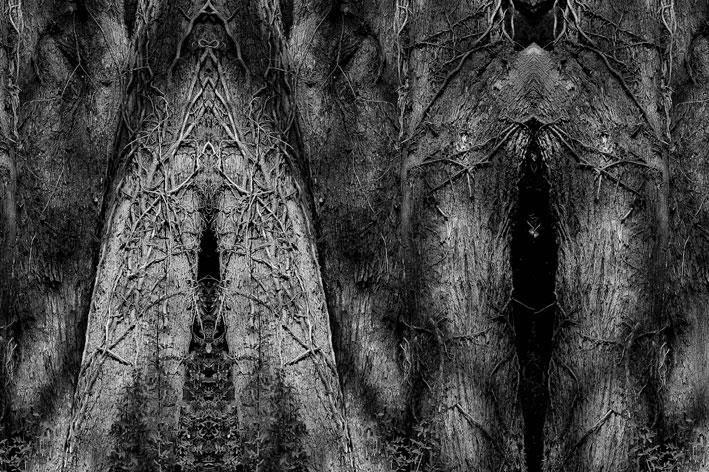
Malta's Ministry for Foreign and European Affairs and Trade has been actively championing ocean protection during its tenure on the UN Security Council, stressing the need for collective global action. This exhibition aims to raise public awareness about climate risks and the diplomatic efforts to mitigate them. In the coming days, Malta will participate in the Commonwealth Heads of Government Meeting in Samoa, where coastal communities have already been forced to relocate due to rising sea levels. Pacific islands in particular face growing threats to their economic viability and even their very existence.

Moving on to the artistic side of this project, the exhibition showcases a collection of photographs by renowned photographer Peter Paul Barbara. He began his career at an early age, later studying reprographics and colour processes in the UK, and in 1997, became an Associate Member of the Royal Photographic Society and the Masters Photographers Association of Great Britain. His work spans industrial maritime landscapes, seascapes, fine art, and editorial photography and has been featured in both local and international publications, including People in Camera magazine.
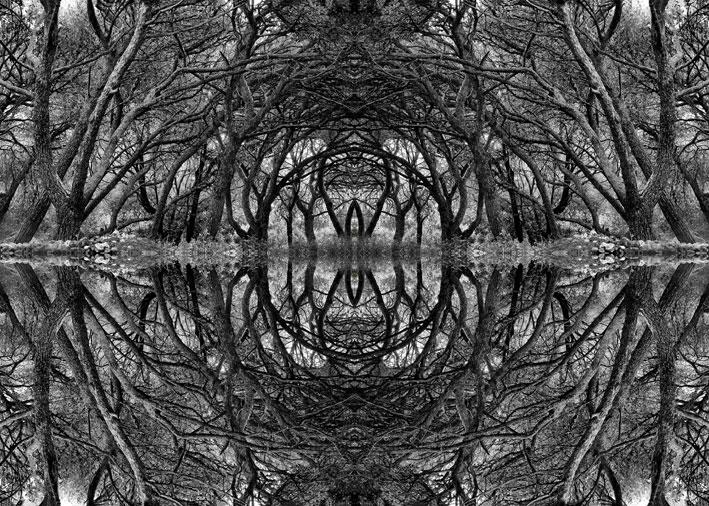
Barbara, a qualified teacher, lectured on photography and digitization for cultural heritage at the University of Malta from 2001 to 2005. His previous exhibitions include Steel 2001 - The Moulding of a Small Nation, showcased in Brussels and Valletta, Trees of Buskett - Agents of the Sublime, and MedNet at the Crossroads of the Mediterranean.
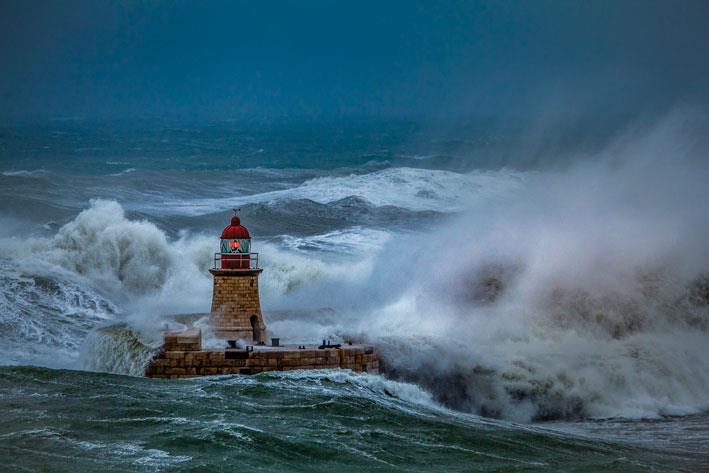
Creating works within the theme of climate change and sea-level rise was no easy task, and it was even more challenging to select a small number of pieces from Peter Paul Barbara's extensive portfolio. We aimed for a balance, showcasing a mix of documentary-style realism and Barbara's distinctive artistic interpretations, all centred on this urgent global issue.
The photographs also explore sub-themes like melting glaciers, portrayed through imposing mountain peaks, and drought, captured in images of dried trees, roots, and desertification. These pieces, often manipulated to emphasise dark, withered trees, evoke a sense of a grimm fairytale with no happy ending - perhaps a foreboding glimpse of the future. This darkness is contrasted with fresh, macro images of leaves, both green and dried, revealing details invisible to the naked eye and offering a glimmer of hope amid the tense situation.
Another theme addressed is forest fires. One striking image shows firefighters battling a blaze - the only photograph in the exhibition to feature human figures. Other works depict silhouettes of trees against the backdrop of massive fires, creating an eerie, silent beauty in the midst of destruction. These wildfires, growing more frequent with each passing year, are shown in their monstrous, deadly grip, yet rendered with a haunting elegance. Some of these images, presented in multiple mirror compositions, create intricate, carpet-like patterns, showcasing a certain aesthetic beauty in devastation.
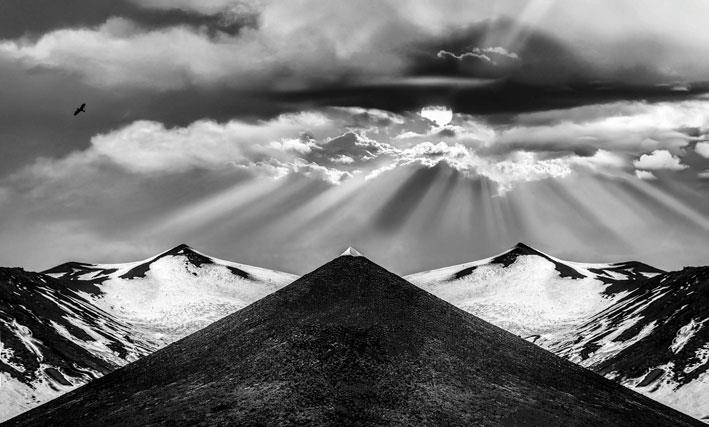
Barbara also tackles the issue of overdevelopment, one of the drivers of climate change due to the destruction of natural environments. Through photo manipulations and mirrored images of skyscrapers, he crafts visually striking patterns, including one featuring cranes that form a surreal, almost beautiful arrangement. These works highlight the paradoxical allure of overdevelopment while addressing its harmful impact on the environment.
The central theme of sea-level rise is explored through a combination of realistic and manipulated images. From rough seas and storms to water phenomena like whirlpools, Barbara captures the sheer power of water and the looming threat it poses. One of the most powerful works, in my view, is a striking image of Maltese saltpans, arranged in a beautiful pattern. These saltpans, an iconic feature of the islands, will be among the first to disappear as sea levels rise, making this piece particularly poignant.
The exhibition manages to convey the urgency of climate change while offering a dynamic balance of perspectives, blending beauty with a sobering look at the challenges ahead.

The issue of sea-level rise has been explored through various exhibitions and art installations worldwide. One notable example is Intertidal (2018), a collective exhibition featuring short films that highlight the imminent threat of Miami sinking due to rising seas. Another significant work is the 2019 light installation Lines (57° 59´N, 7° 16´W) by Pekka Niittyvirta and Timo Aho. This outdoor piece uses sensors to detect high tides, triggering synchronised light lines to represent future sea levels if climate change continues at its current pace. The installation, located on the low-lying islands of Uist in the Outer Hebrides off the west coast of Scotland, serves as a stark visual warning of the dangers these communities face. An interesting parallel that arises from this installation is how lit beacons have served as a warning to ships at sea about the dangers of land, while by contrast, the installation uses the same power of light to warn the land, of the coming incursion by the sea.

Another visually striking installation is Ana Teresa Fernández's On the Horizon (2022), which addresses projections of a 6.5-foot sea-level rise by 2100. Fernández created 6-foot-tall transparent columns filled with seawater and installed them at the shoreline, marking the boundary between land and sea and symbolising the future inundation.
Performance art has also tackled this subject, as seen in Sarah Cameron Sunde's 36.5 / A Durational Performance with the Sea. Sunde immerses herself in seawater for an entire tide cycle, standing for up to 13 hours as the water rises to her neck and then recedes. This powerful performance highlights the physical and emotional impact of rising seas, connecting the artist's body directly with the rhythms of the ocean. These works underscore the global urgency of addressing sea-level rise through thought-provoking artistic expressions.

To further emphasise the importance of the subject, our event will also include a literary component alongside the visual art. For art lovers and avid readers like myself, this exhibition couldn't be more exciting. In collaboration with Inizjamed, the exhibition will feature new writings by renowned authors Keith Borg, Tyrone Grima, Omar N'Shea, and Loranne Vella. These specially commissioned pieces will explore the effects of climate change, particularly the impact of rising sea levels.
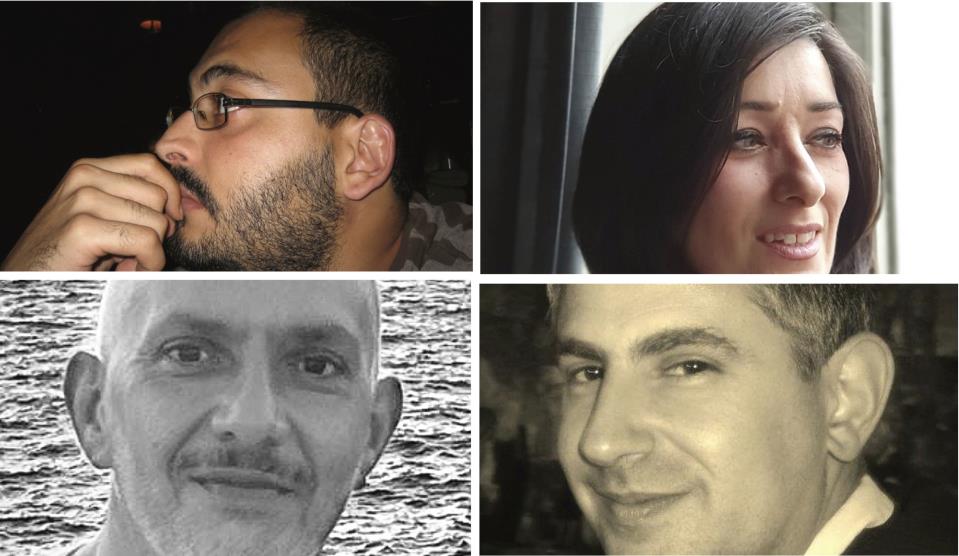
I believe literature can be incredibly powerful in raising awareness. A recent book I read, The Bookseller of Venice by Giovanni Montanaro, vividly portrays Venice during episodes of extreme, temporary high tides, offering a frightening perspective of the city that I had never considered before.
The literary works for this event, written in Maltese, will be presented on October 27th from 3:00 pm to 4:30 pm at the gallery, creating a unique experience as they are shared among Peter Paul Barbara's striking photographs. This fusion of visual art and literature will deepen the audience's understanding of the climate crisis, offering a multi-sensory engagement with the theme.
All the works by Peter Paul Barbara along with the four commissioned literary works will be available in an online catalogue which can be accessed via the following link: https://foreign.gov.mt/resources/living-on-the-edge/
The exhibition will run till 27 October, at Rudy Buhler Art Gallery in Marsaskala, with a literary event on 27 October, in collaboration with Inizjamed.
